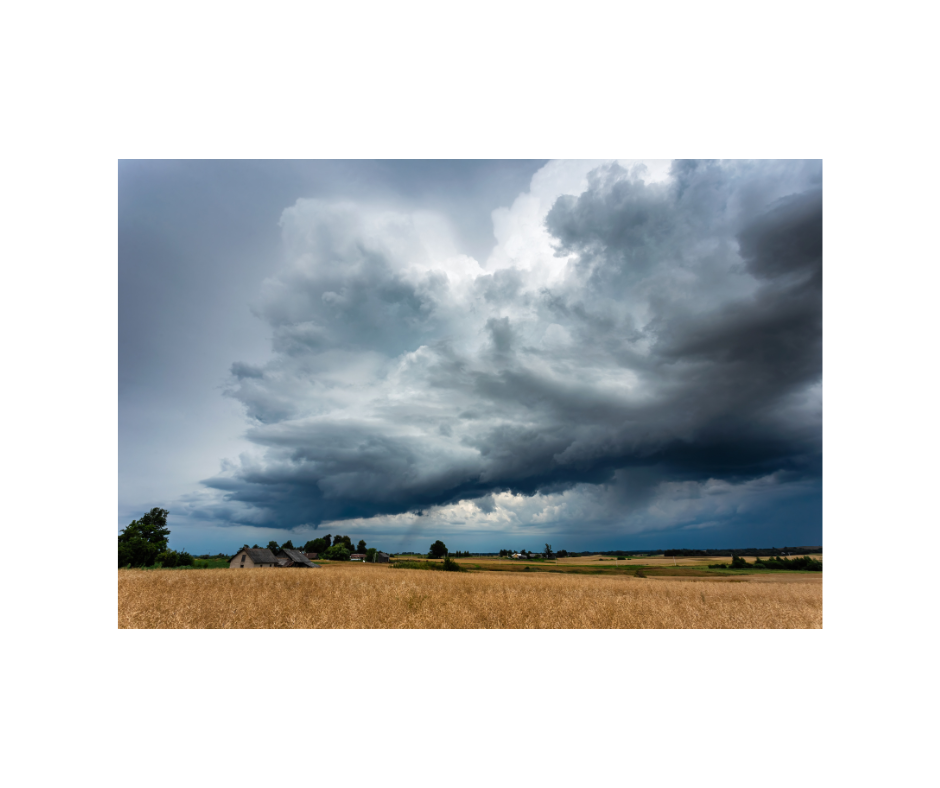Severe thunderstorms are powerful weather phenomena that can produce damaging winds, large hail, and even tornadoes. Understanding severe thunderstorm warnings, their implications, and how to stay safe during these events is crucial for minimizing risks. This article aims to explain what a severe thunderstorm warning entails, the dangers associated with these storms, and practical safety measures you can take.
Understanding Severe Thunderstorms
Severe thunderstorms are characterized by their intensity and potential for destruction. The National Weather Service (NWS) defines a severe thunderstorm as one that produces:
- Winds of 58 mph (93 km/h) or stronger
- Hail one inch (2.54 cm) in diameter or larger
- Conditions favorable for tornadoes
These storms can lead to significant damage to structures, vehicles, and natural landscapes, and they pose risks to life and safety. In the United States, severe thunderstorms are common, particularly in the spring and summer months, with an average of 100,000 thunderstorms occurring annually.
The Meaning of Warnings
When a severe thunderstorm warning is issued, it indicates that a storm capable of producing severe weather is either occurring or imminent in a specified area. It’s essential to differentiate between various weather warnings:
- Severe Thunderstorm Watch: Conditions are favorable for severe thunderstorms to develop. Stay alert and monitor the weather.
- Severe Thunderstorm Warning: A severe thunderstorm has been spotted or indicated by radar. Immediate action is necessary.
Understanding these distinctions can help you respond appropriately when severe weather threatens your area.
Dangers Associated with Severe Thunderstorms

Severe thunderstorms can produce a range of hazardous conditions, including:
- High Winds: Winds exceeding 58 mph can uproot trees, damage power lines, and destroy structures.
- Hail: Hailstones can cause injuries and significant damage to vehicles, roofs, and crops.
- Tornadoes: Severe storms can spawn tornadoes, leading to catastrophic damage and loss of life.
- Flash Flooding: Heavy rainfall can result in flash flooding, posing a danger to those in low-lying areas.
According to the National Oceanic and Atmospheric Administration (NOAA), severe thunderstorms cause numerous injuries and fatalities each year, often due to flying debris and flooding.
Preparedness Before the Storm

Preparedness is key to staying safe during severe thunderstorms. Here are some proactive steps you can take:
- Stay Informed: Monitor local weather reports and alerts through radio, television, or weather apps.
- Create an Emergency Plan: Develop a family emergency plan that includes communication methods and meeting points.
- Build an Emergency Kit: Assemble a kit with essential supplies such as water, non-perishable food, medications, flashlight, batteries, and a first-aid kit.
- Secure Your Property: Trim trees and remove any outdoor items that could become projectiles in high winds.
Safety Measures During a Severe Thunderstorm
When a severe thunderstorm warning is issued, it’s crucial to take immediate action to protect yourself and your loved ones:
- Seek Shelter: Move to a sturdy building or designated storm shelter. Avoid staying in mobile homes or temporary structures.
- Stay Away from Windows: High winds and hail can shatter windows, leading to injuries. Find a safe spot away from glass.
- Use a Battery-Powered Radio: Keep informed about the storm’s progress and any emergency instructions from local authorities.
- Do Not Use Electrical Appliances: Unplug devices to prevent damage from power surges and avoid using corded phones.
In the case of a tornado warning, it’s recommended to take cover in a basement or an interior room on the lowest floor, away from windows.
Post-Storm Safety and Recovery
Once the storm has passed, it’s vital to remain cautious as hazards may still exist:
- Assess Damage Carefully: Inspect your property for damage but stay away from downed power lines and unstable structures.
- Listen for Updates: Continue monitoring weather reports for additional storms or updates on recovery efforts.
- Report Hazards: Notify local authorities of downed power lines or blocked roadways to expedite recovery efforts.
- Document Damage: Take photos for insurance purposes and start the recovery process as soon as safely possible.
Case Study: The 2020 Midwest Derecho
One notable event that highlights the dangers of severe thunderstorms is the Midwest derecho of August 10, 2020. This widespread windstorm struck multiple states, including Iowa, Illinois, and Indiana, resulting in wind gusts exceeding 100 mph. The storm caused extensive damage, flattening crops, uprooting trees, and leaving millions without power.
In the aftermath, it became evident that many residents were unprepared for such a powerful storm, with insufficient emergency kits and lack of awareness regarding shelter options. This event underscored the importance of preparedness and community awareness in the face of severe weather.
Statistics on Severe Thunderstorms

Understanding the frequency and impact of severe thunderstorms can help emphasize the need for preparedness:
- According to NOAA, severe thunderstorms cause about 90 deaths and 1,000 injuries annually in the United States.
- The Insurance Information Institute estimates that severe thunderstorms, including hailstorms, result in over $1 billion in insured losses each year.
- In 2020, the U.S. experienced over 1,000 severe thunderstorm reports, highlighting the frequency and widespread nature of these events.
Severe thunderstorms pose serious risks that can lead to destructive outcomes if not properly addressed. Understanding the distinction between watches and warnings, recognizing the dangers associated with these storms, and taking proactive safety measures can significantly reduce the risk of injury and damage. By staying informed and prepared before, during, and after a severe thunderstorm, individuals can protect themselves and their loved ones. Remember, preparedness is not just about having a plan; it’s about being proactive and responsive to the ever-changing nature of severe weather. Stay safe, stay informed, and be ready for the unexpected.



